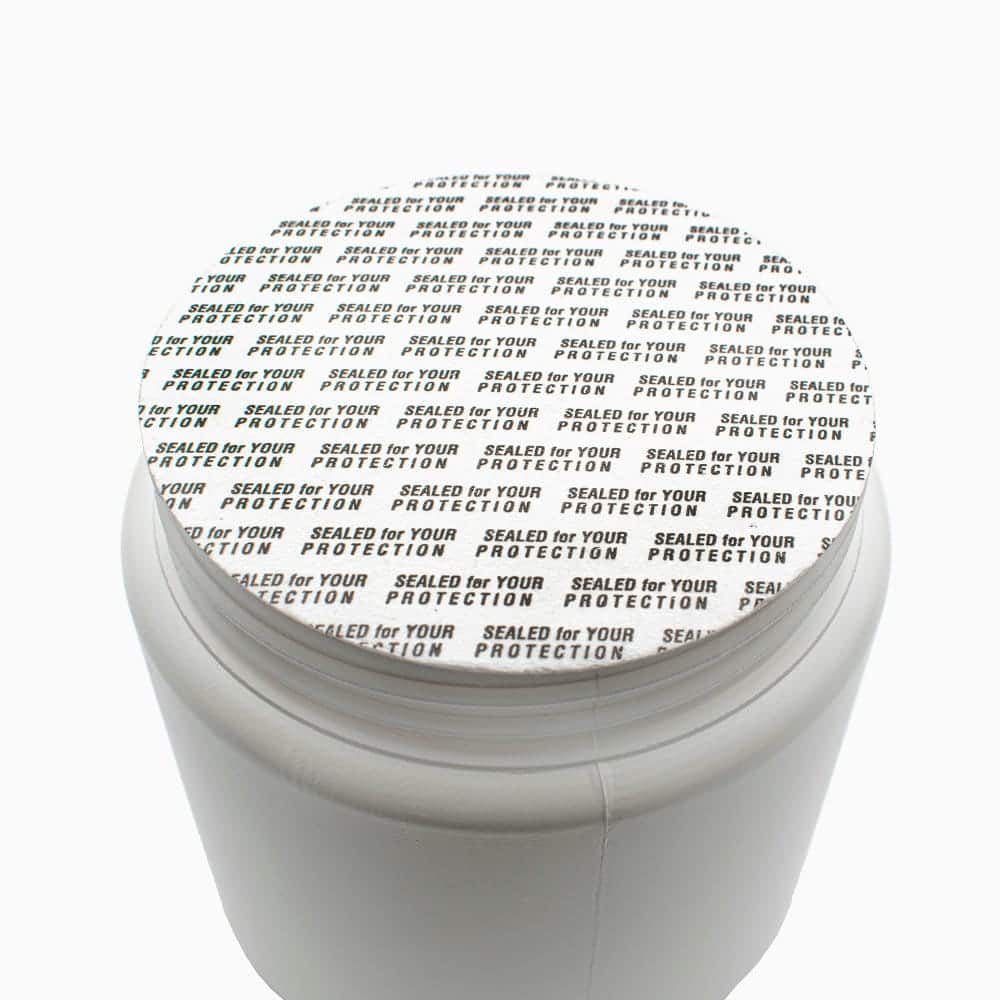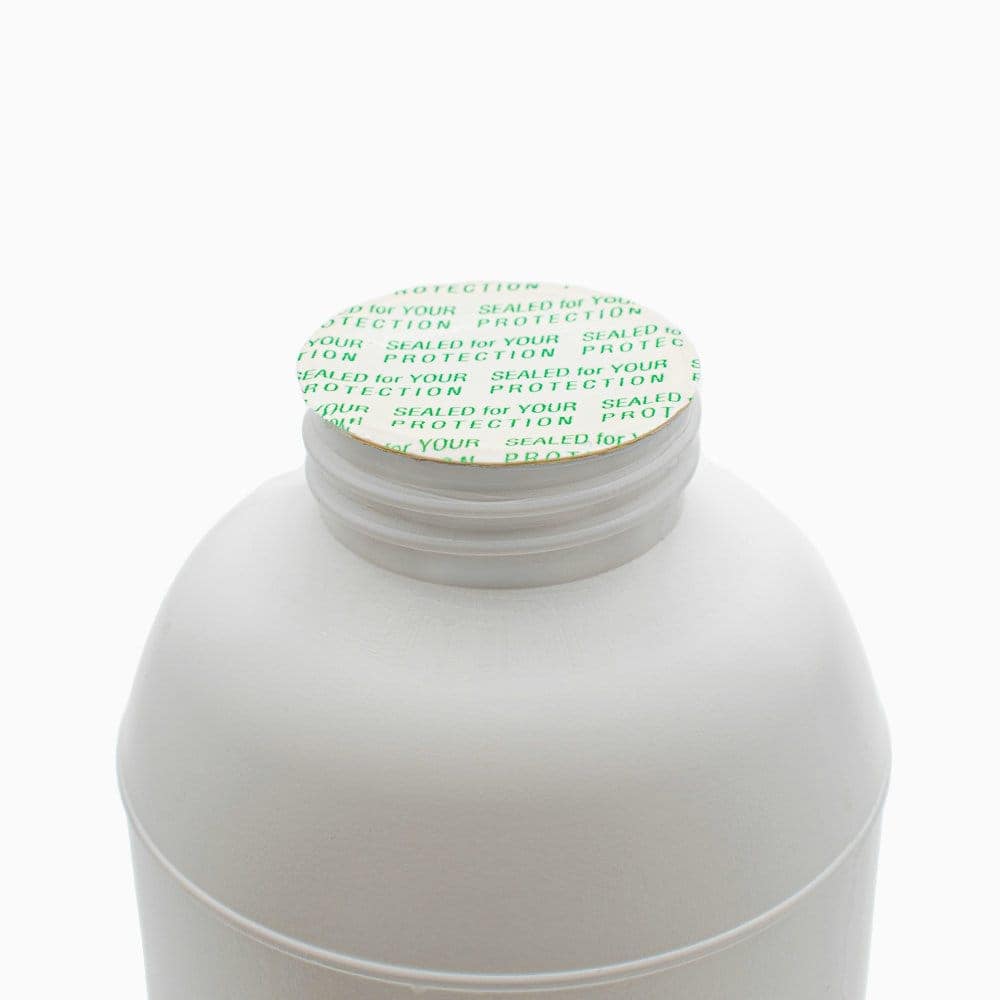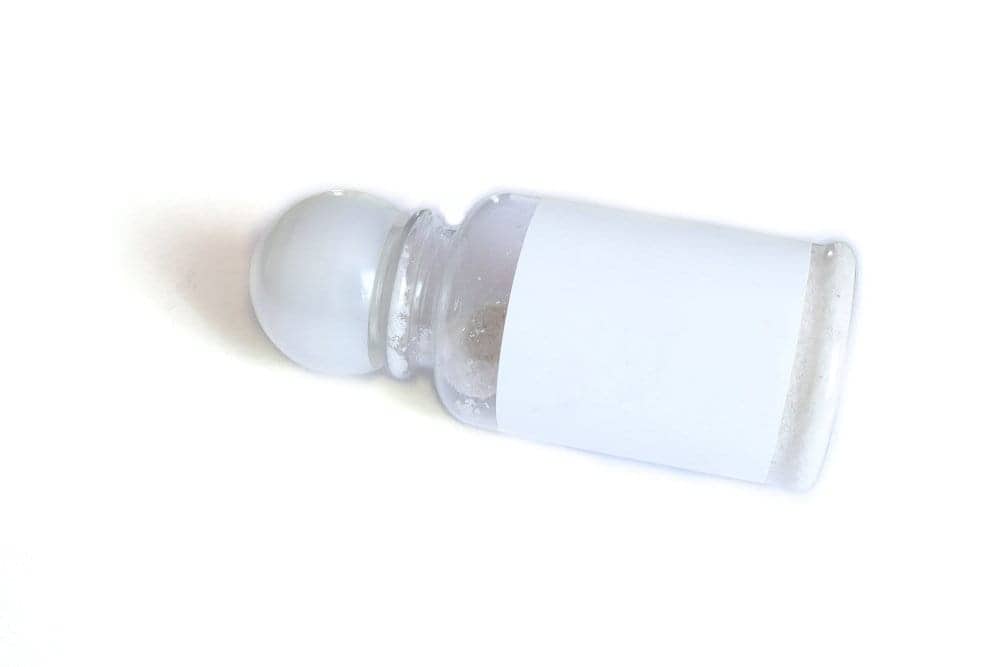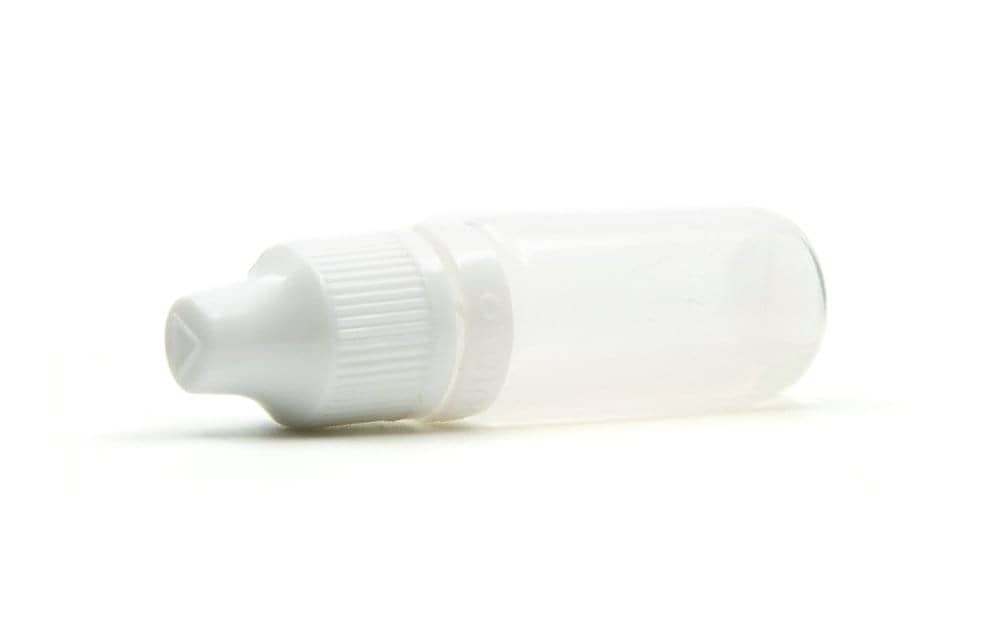Heat induction sealing has become a highly popular method for preserving product integrity and safety. This technology has revolutionized packaging processes across many industries, from preventing leaks in transit to offering tamper-evidence.

By utilizing the simple yet effective principles of bonding thermoplastic materials through controlled electromagnetic induction, manufacturers can boost consumer confidence in their products and keep items fresh and secure.
Understanding the unique components of induction seals, such as the multi-laminate layers and eddy current-generated heat, highlights the numerous advantages of using this sealing technique.
One of the perks of incorporating heat induction seals into production processes is improved shelf life, enhanced tamper-evidence, and even increased versatility.
As more industries adopt this sealing mechanism, you must familiarize yourself with the benefits of heat induction seals.
As you delve into this fascinating topic, you will gain a deeper understanding of the science behind the technology and how it can help safeguard product quality and consumer satisfaction.
Key Takeaways
- Heat induction seals offer enhanced product integrity and safety
- This sealing technology provides improved shelf life and tamper-evidence
- Embracing heat induction sealing can lead to increased consumer confidence
Understanding Heat Induction Seals

Components of Heat Induction Seals
Heat induction seals are a type of closure system that involves a multi-layered structure consisting of aluminum foil, a wax layer, a plastic film, and a polymer layer. These components work together to create an airtight seal on various types of containers. When properly applied, the induction sealing process produces reliable tamper-evident packages, enhancing the integrity of the product inside the container.
The Process of Induction Sealing
Induction sealing is a process of bonding thermoplastic materials by electromagnetic induction. This involves controlling the heating of an electrically conducting object, such as aluminum foil, through an electromagnetic field that generates heat in the object by eddy currents.
The process begins with applying a heat induction seal liner to the container opening. When your container passes through the electromagnetic field generated by the sealing machine, the heat from the aluminum foil melts the wax, which in turn melts the plastic film.
The heat then activates the polymer, forming a bond with the container’s rim.
As the container cools down, the seal (which now consists of aluminum foil and polymer) ensures an airtight seal on the container. In addition, induction sealing creates a tamper-evident seal that is difficult to remove or break without leaving noticeable evidence of tampering.
Overall, understanding the components and the process of induction sealing will help you appreciate the benefits of using heat induction seals for your products’ packaging.
Advantages of Using Heat Induction Seals

- Enhanced Product Freshness
Heat induction seals help extend the shelf life of your products. The airtight seal formed by the heat induction process prevents external elements, such as air, moisture, and contaminants, from entering the package. This allows your product to stay fresh for an extended period.
- Tamper-Evidence and Safety
One significant advantage of heat induction seals is their tamper-evident feature. They provide a visible physical barrier that ensures the integrity and safety of your product. If someone attempts to tamper with the package, the heat seal will show signs of disturbance, alerting the consumer to potential risks. The heat seal also protects against accidental opening or spillage.
- Efficiency and Productivity
The ability to seal large quantities of packages in a short period can help increase your output and meet customer demands more promptly.
- Customization and Versatility
Heat induction seals are versatile and can be customized to suit your specific packaging requirements. You can print QR codes, promotional materials, or any other relevant information on the heat induction liner foil, adding a touch of uniqueness to your package. Additionally, heat induction seals are suitable for a wide range of containers made from different materials, such as plastic, glass, or metal.
- Sustainability and Environment Friendly
Lastly, heat induction seals contribute to sustainability and environmental preservation. The sealing process requires minimal adhesives or solvents, reducing the waste produced. In some cases, the induction seals can be made from recyclable materials, minimizing the environmental impact of your packaging process. You are moving toward a more eco-friendly packaging solution by choosing heat induction seals.
Frequently Asked Questions
- How does induction sealing improve product shelf life?
Induction sealing creates an airtight barrier between the product and the cap, which helps to lock in freshness and prevent external contamination. This tight seal protects your product from exposure to oxygen, moisture, and other factors contributing to spoilage, ultimately extending its shelf life.
- How do heat induction seals enhance tamper-evidence?
Heat induction seals provide tamper-evidence by creating a secure, heat-sealed bond between the induction liner and the container. The seal is broken when the product is opened, providing clear evidence of tampering. This visual cue allows you and your customers to quickly identify any potential tampering, ensuring the safety and integrity of your product.
- What makes heat induction sealing an energy-efficient method?
Induction sealing relies on electromagnetic energy to generate heat and create a bond between the induction liner and the container. This process is highly targeted and localized, resulting in minimal wasted energy. In addition, induction sealing typically has faster heating cycles than other sealing methods, allowing for increased production rates while consuming less energy overall.
- How does induction sealing contribute to leak prevention?
The airtight seal formed by induction sealing prevents leaks by creating a barrier between the product and the cap. This barrier ensures that the contents inside the container remain intact and secure, even during transportation and handling. As a result, you can have confidence in the integrity of your product and avoid potential messes, waste, or product losses due to leaks.
Order Perfectly Sealed Plastic Bottles from Us Today

Whether your business is packaging cosmetics or beauty products in plastic bottles, we can supply the best dispenser bottles. Our goal is to provide the best packaging to help grow your business. Please send us a message via the customer contact form on our website to order now.
